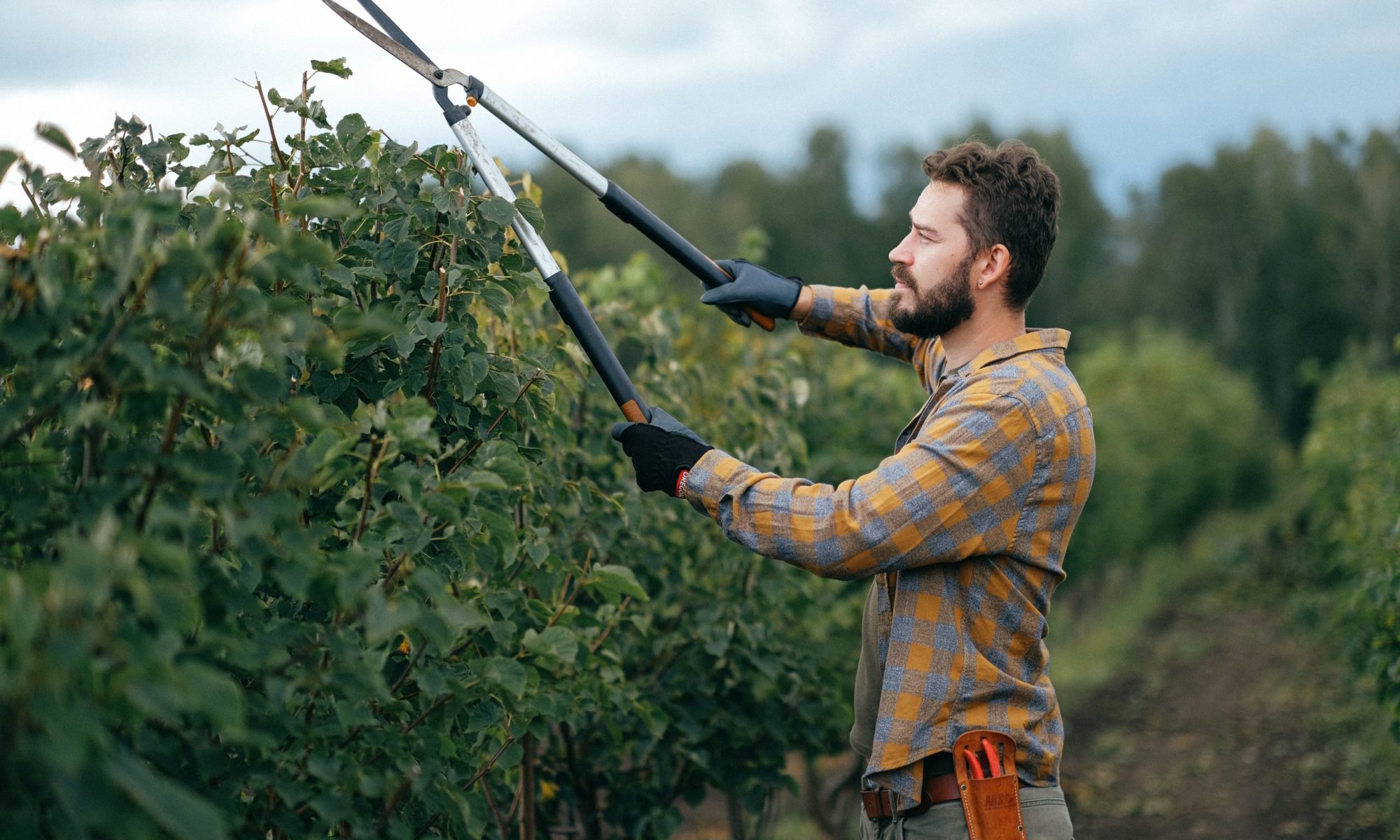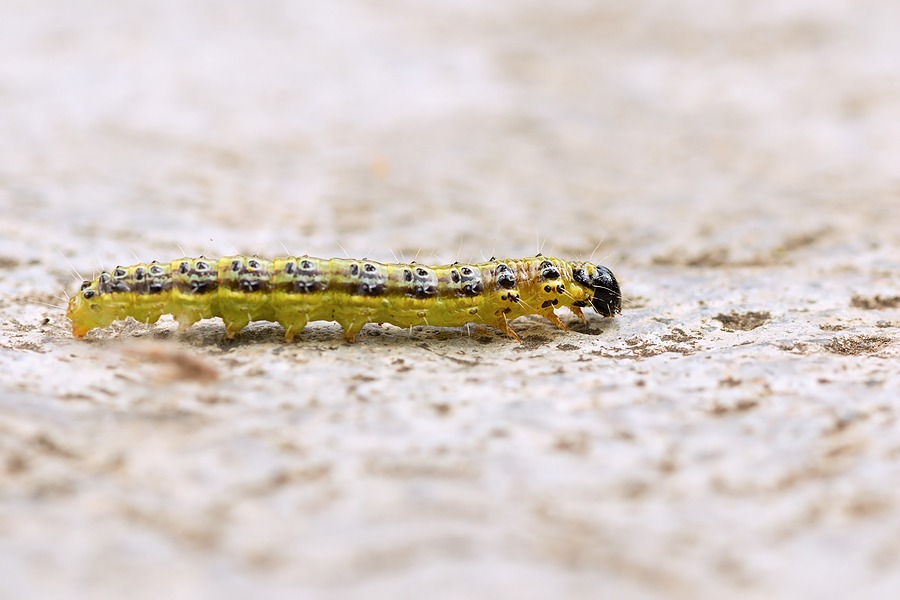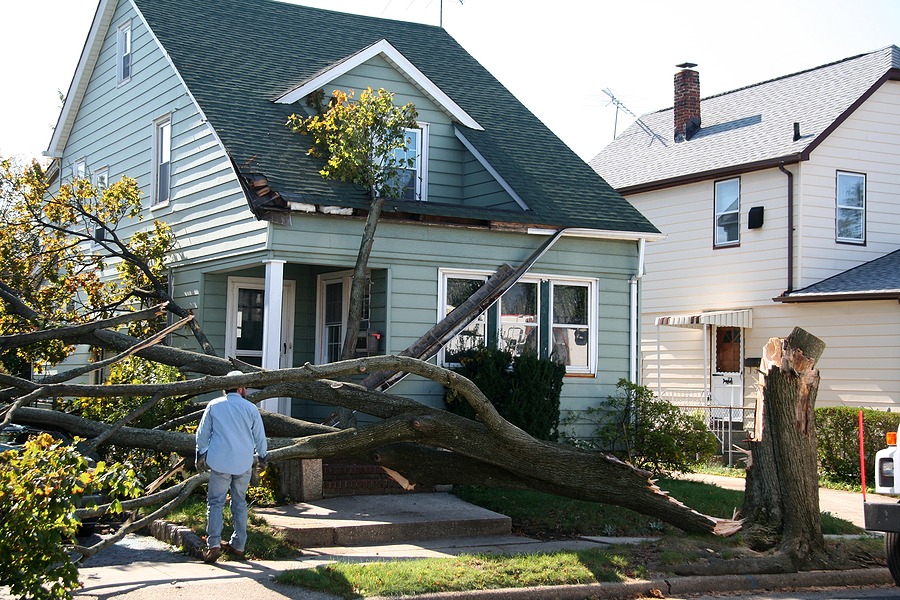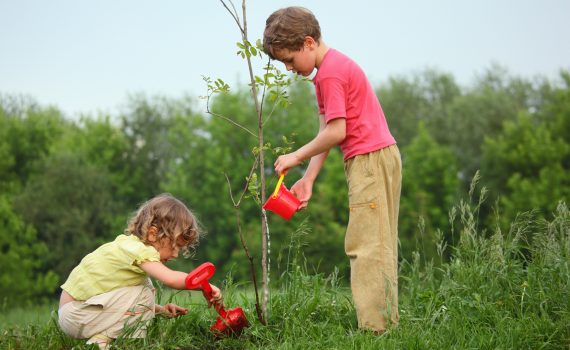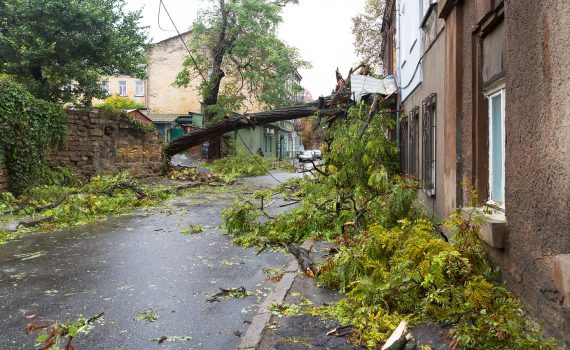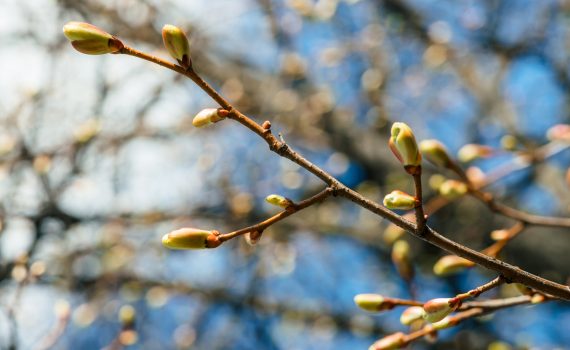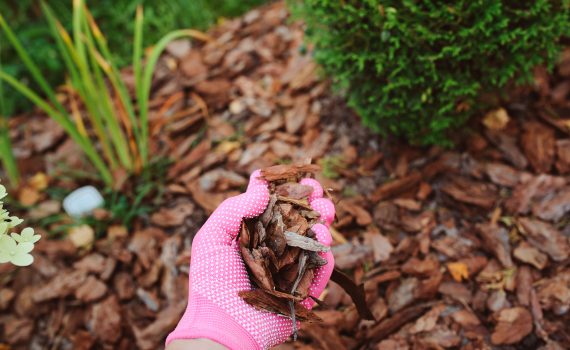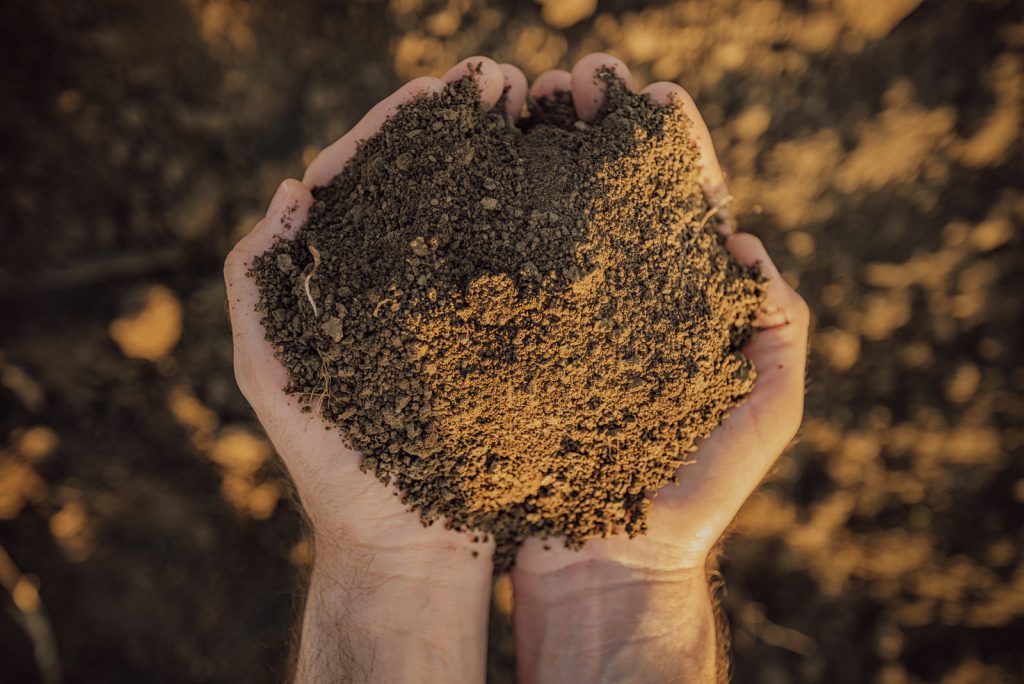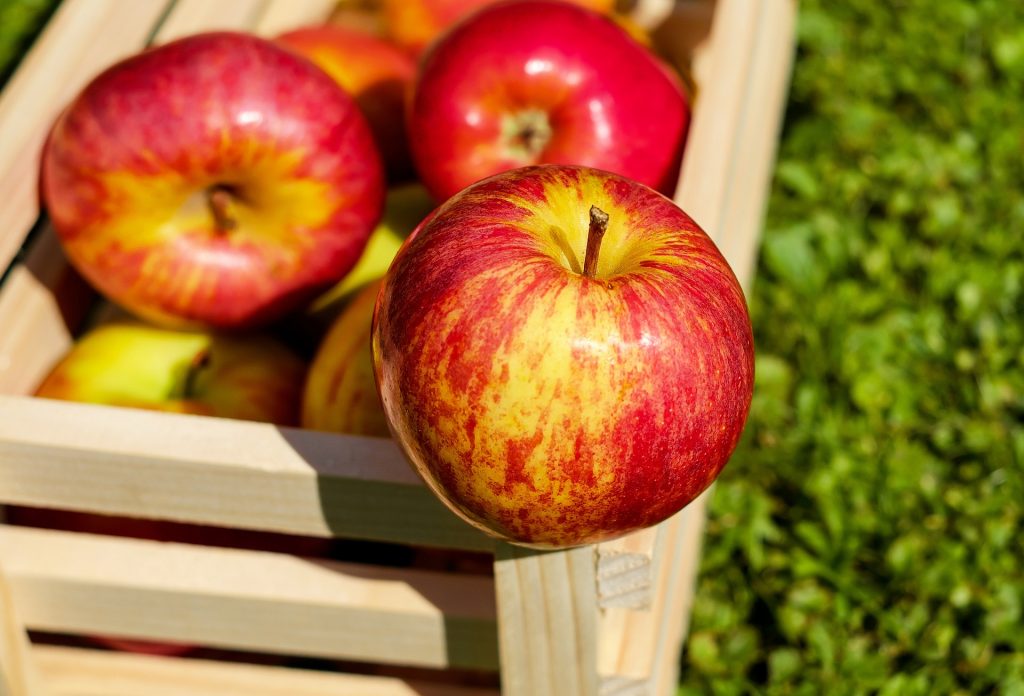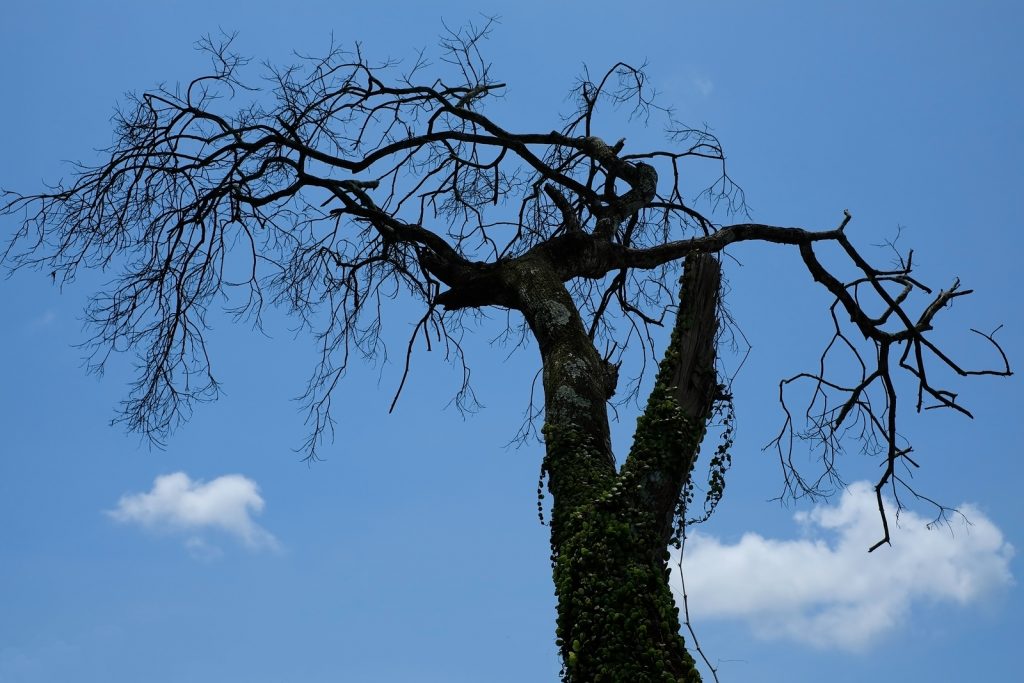The best time to prune trees is after the winter. Trees are dormant in the winter, and it’s easier to see which limbs are dead.
In this article, our Alamo Tree Service team recommends our best pruning and trimming techniques for excellent tree health and aesthetic beauty.
A beautiful landscape adds a personalized touch to your property, and regular maintenance is essential to keep it that way. As a part of caring for a landscape, pruning your trees is vital for a healthy, even configuration of branches with robust structural integrity. Regularly pruned trees tend to live longer, resist disease better, and grow larger and more beautiful than their left-alone counterparts.
Wait – don’t reach for the loppers just yet! There are certain times of year when pruning might do your tree more harm than good.
When Not To Prune
Avoid pruning in the fall prior to the dormant season. In the cooling weather, trees don’t heal as well from cuts, so pruning in autumn exposes your tree to all kinds of vulnerabilities. Also, fall weather allows fungi spores to proliferate and spread disease in otherwise healthy trees.
Alamo tree care experts also recommend avoiding the urge to trim certain trees in spring. For many tree varieties, trimming during a growing season causes unnecessary stress to the tree, potentially putting a damper on its growth.
The Goldilocks Zone: Late Winter or Early Spring
Most plants go dormant during the winter months of temperate regions. This “hibernation” involves the sleeping plants halting active growth, losing their stems and leaves, and otherwise appearing quite dead. (They are not dead – just dormant!) Choose a mild, warm day to prune because it will be more pleasant for both you and the trees or shrubs.
B est Time To Prune Trees And Why Winter?
After winter dormancy, plants are primed for new growth. When you remove diseased limbs and dead branches during a winter pruning, the tree can focus on healthy new growth during spring. Since trimming does cause minor injury to the tree, it will need to heal. The most compelling evidence that winter provides the optimal conditions is the season’s decrease in bugs, pests, and diseases that might otherwise harm a tree.
What to Prune in Winter?
- Evergreen shrubs and trees
- Shade trees including oak, maple, and sweetgum
- Azalea
- Apple
- Roses
- Peach trees
- Plum trees
- Butterfly bush
- Dogwood
- Abelia
Basic Pruning Techniques
First, remove dead and diseased limbs or branches. All stems, branches, and limbs that are unhealthy should be your first priority – not only are they a strain on the tree, they can actually be quite dangerous. Dead branches cause a lot of trouble when they fall.
Next, move on to overgrown, tangled, or simply unwanted branches. You can coax branches to grow in a certain direction, but always follow the natural growth of the plant type.
Tip: Always cut branches at the node, the intersection at which one branch or twig attaches to another.
Let Us Prune Your Trees for You!
Contact Alamo Tree Service
If you are looking for the top Alamo tree service, look no further. At Sexy Trees, our wide range of services and care will keep your trees healthy and beautiful for decades to come. We believe in supporting our communities of trees through evidence-based techniques that you can depend on. Give us a call at 925-233-6877 for an estimate, or email us at [email protected] anytime with questions!
 Bringing Sexy Back Into Your Yards
Bringing Sexy Back Into Your Yards 
